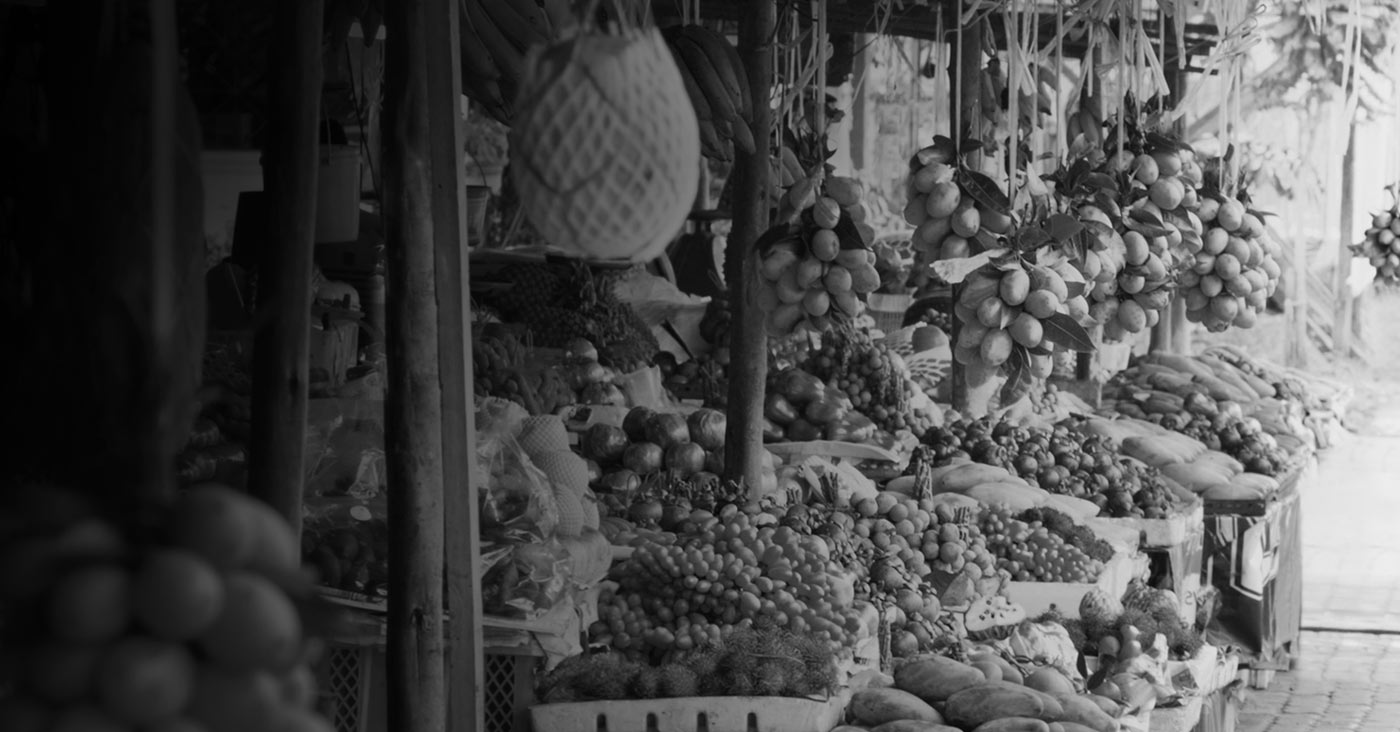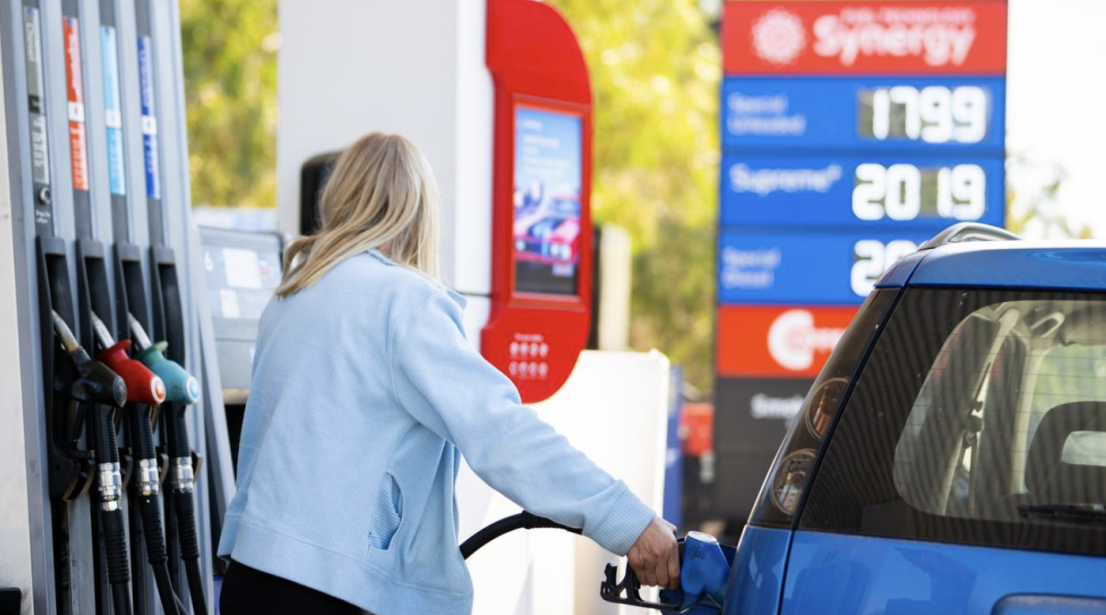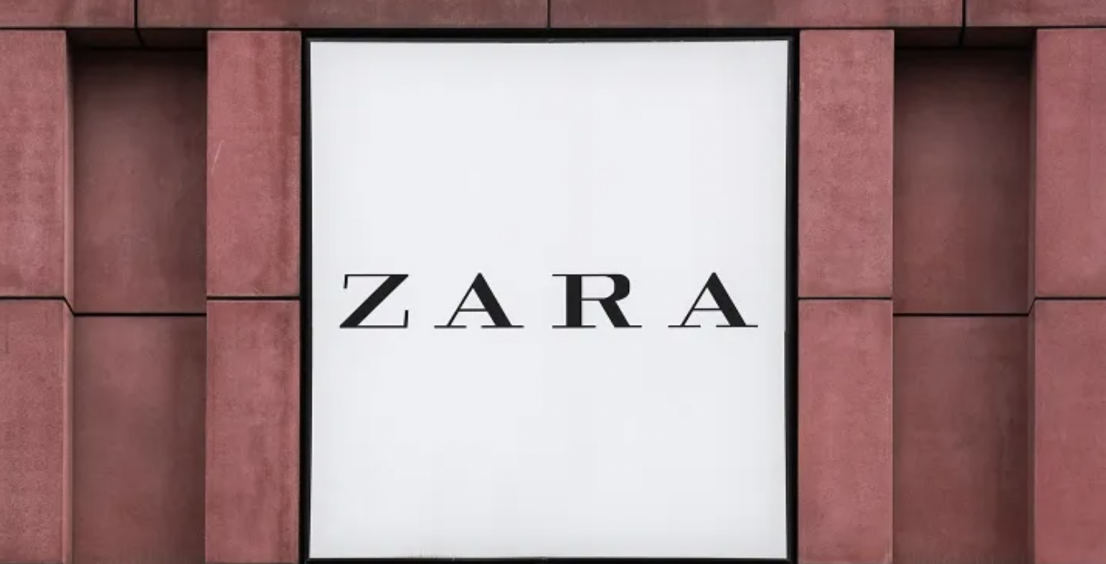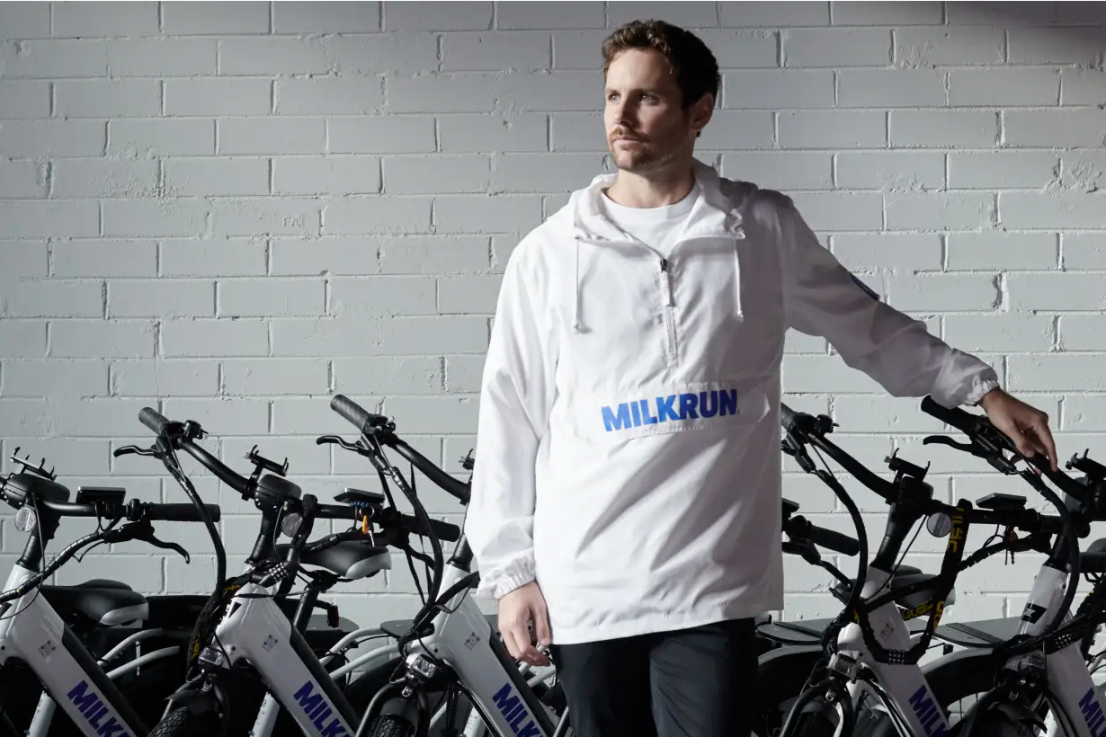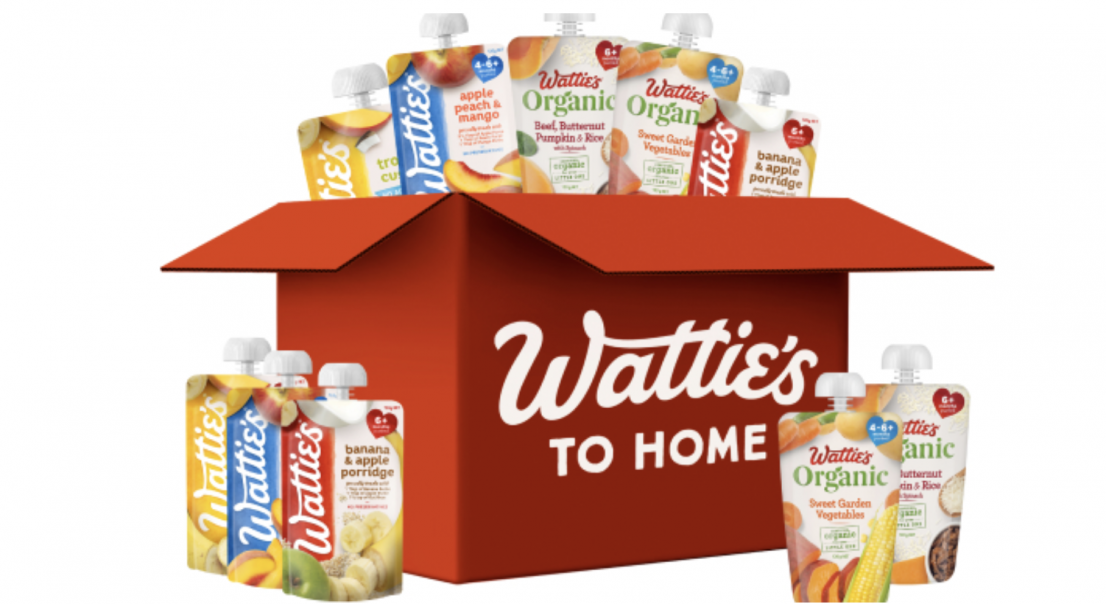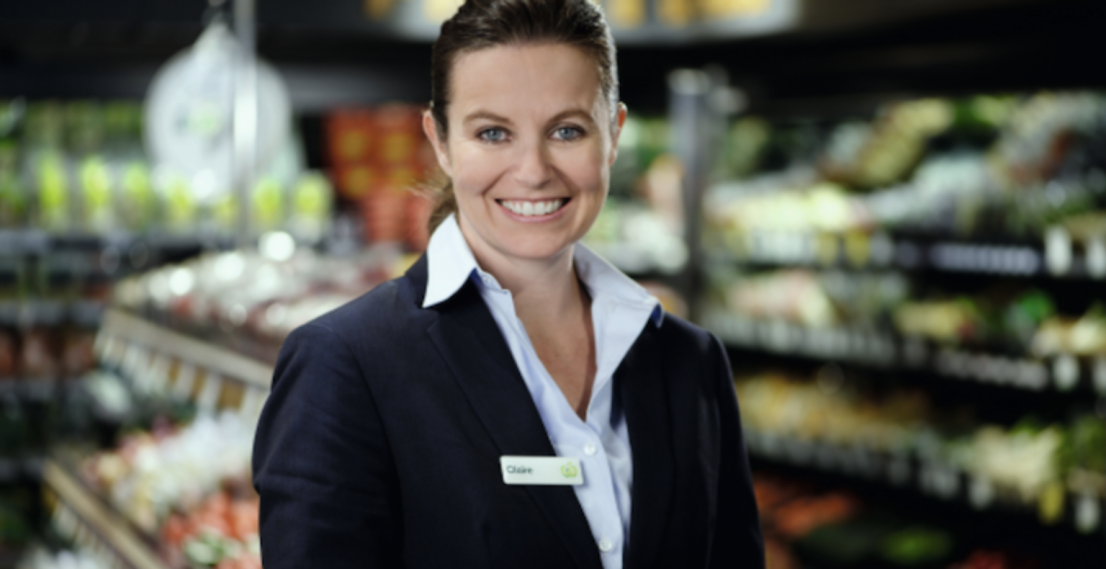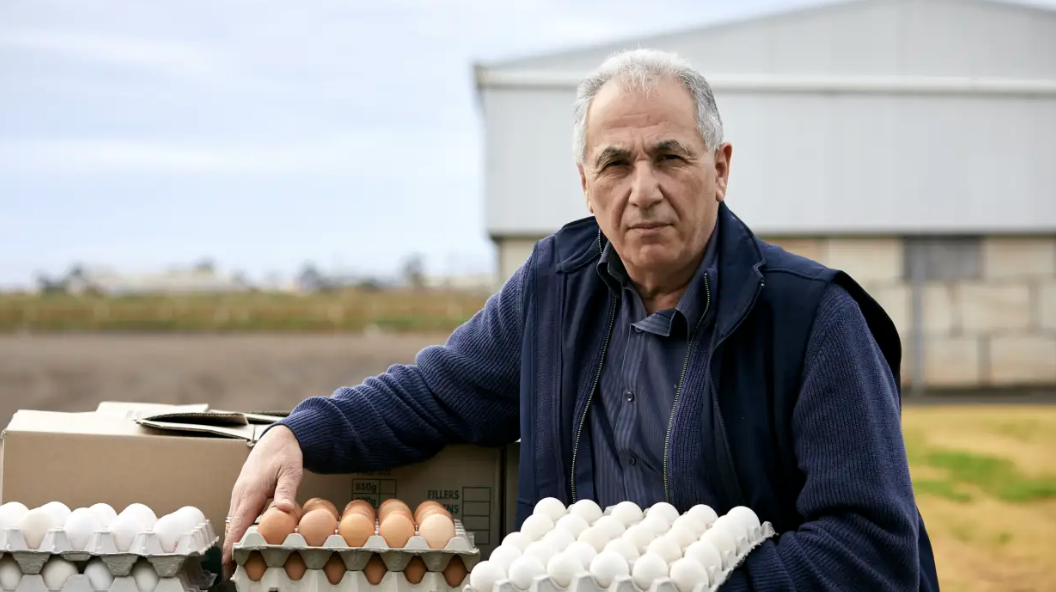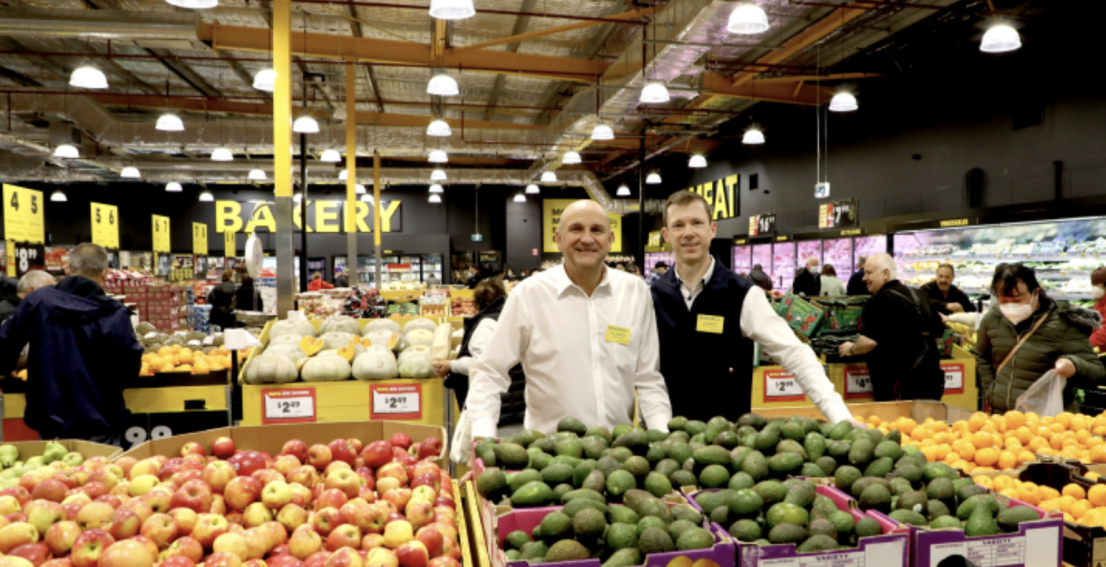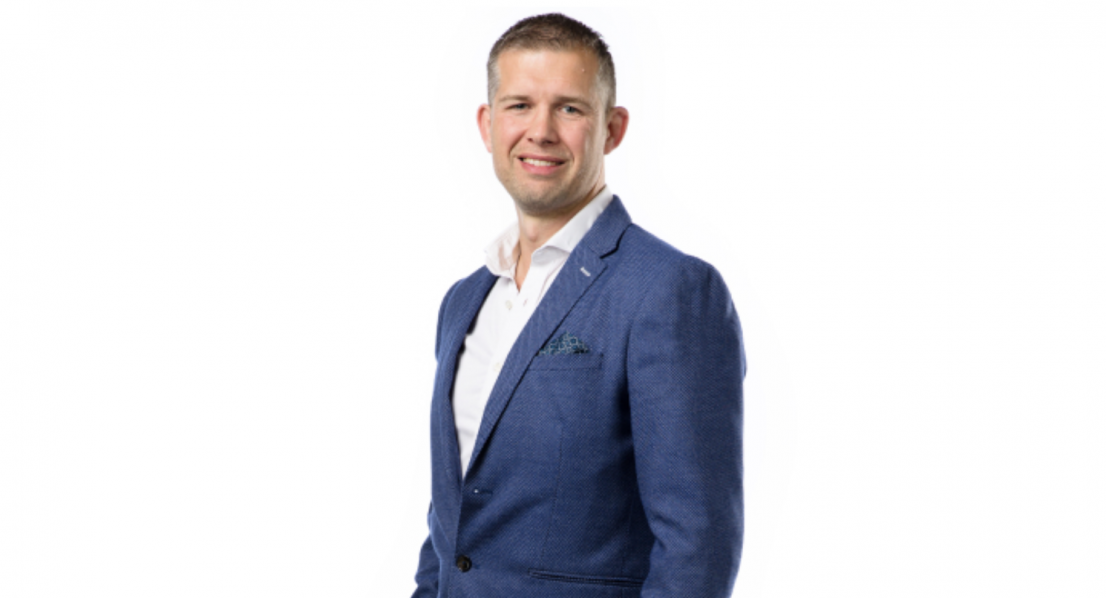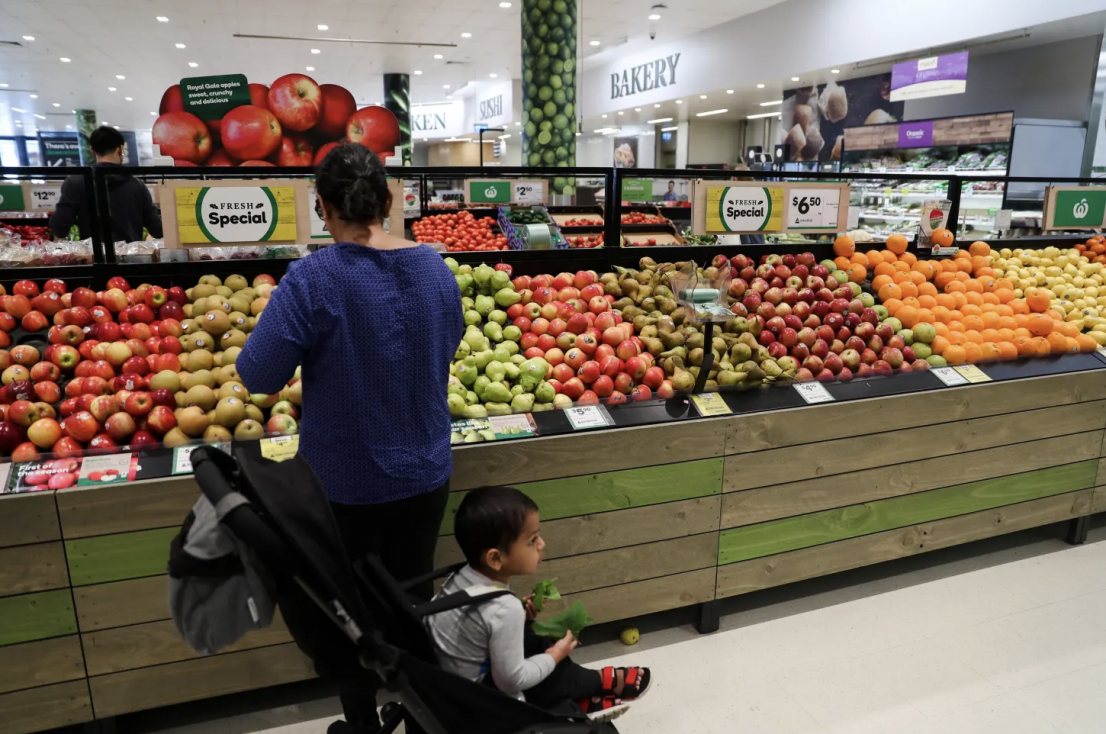
Woolworths boss Brad Banducci says Australians are starting to change the way they shop, swapping beef for cheaper proteins like chicken and stocking up on canned goods, after a year of soaring produce prices.
Banducci told The Sydney Morning Herald and The Age after delivering the company’s 2022 financial results that the grocery retailer was trying to provide the best prices for customers at a time when fresh produce growers were facing elevated costs.
“We are always trying to get the right balance, do the right thing for the consumer but also recognise when the supplier has significant cost pressure.”
He said the supermarket was passing through price rises where it could but in some cases the company was absorbing the hikes, if “it feels like it’s too much pressure on our customer”.
Beef prices continue to go up and up... there comes a point where you can’t actually pass it on to customers
Woolworths CEO, Brad Banducci
Banducci said that while it was difficult to separate current shopping trends from the impacts of the pandemic, it was clear that cost of living pressures were changing how people shopped.
“We are seeing some customers trade down from beef into more affordable sources of protein and trade across from fresh vegetables into more affordable frozen and canned offerings,” he said.
He highlighted that while it was hard to see the shift on a macro level, more budget-conscious trends were playing out when looking at individual product categories. Trends included shoppers switching up beef mince purchases for chicken or pork mince, or moving from fresh to frozen fish.
The company also flagged with analysts on Thursday that the business was having to face lower margins on beef as prices climbed throughout the year while shoppers’ budgets were squeezed.
“Beef prices continue to go up and up... There comes a point where you can’t actually pass it on to customers,” Banducci said.
The retail giant on Thursday reported a 0.7 per cent rise in net profit from continuing operations for the year ended June 26, making $1.5 billion off the back of $60.8 billion in sales.
Reported net profit surged by 282.5 per cent to $7.9 billion, but this figure reflects the spin-off of drinks business Endeavour Group as its own listed entity last year.
The supermarket giant also gave a trading update for the first eight weeks of the new financial year, showing that food sales are down 0.5 per cent on last year - though those figures are “clouded” by the Delta variant outbreak this time last year.
Discount department store Big W had a strong start to the new year, up 30 per cent on last year as Australians head back to the shops.
Investors will receive a final dividend of 53 cents per share, fully franked, to be paid on September 29, bringing the full-year payout to 92 cents per share, up 1.1 per cent on last year.
Woolworths’ shares fell 4 per cent on the back of the results and closed 3.2 per cent down to $36.20.
Jarden analysts noted that the decline in food sales in the first eight weeks of the new financial year “will likely see some consensus cuts for the [the first half] of 2023.”
Banducci will be attending the Albanese government’s jobs summit next week, and said he wants to discuss modernising the general retail industry award with flexibility in mind.
“It [the award] needs to reflect the reality that a number of our team [members], when they work, want flexibility. Flexibility on when they work, what hours they work, and so on,” he said.

